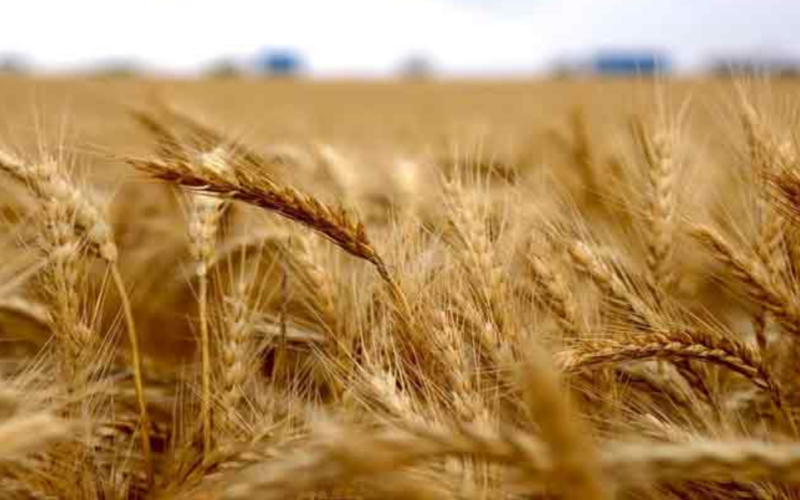The outlook for global staple food supplies in 2024 is marked by challenges stemming from adverse weather conditions, export restrictions, and increased biofuel mandates. Despite efforts by farmers worldwide to address high food prices by expanding cereal and oilseed cultivation, consumers are likely to encounter tightened supplies throughout the year. This article delves into the factors influencing global wheat, corn, and soybean prices, exploring the impact of El Nino weather patterns, export limitations, and higher biofuel requirements.
After experiencing robust gains in previous years, global wheat, corn, and soybean prices are anticipated to face losses in 2023. Factors contributing to this shift include the easing of Black Sea bottlenecks and concerns about a potential global recession. While prices are expected to stabilize, they remain vulnerable to supply shocks and food inflation, creating a complex landscape for market analysts and traders.
The persistent El Nino weather phenomenon, responsible for dry conditions in various parts of Asia in the preceding year, is forecasted to extend into the first half of 2024. This poses a threat to the production of essential crops such as rice, wheat, and palm oil, impacting some of the world’s leading agricultural exporters and importers. The consequences of El Nino include reduced reservoir levels, dry planting conditions, and potential yield cuts, especially in Asian rice production.
Several regions face specific challenges. For instance, India, a major rice exporter, has already experienced tightening supplies due to El Nino-related production cuts. Additionally, Australia, the second-largest wheat exporter globally, is grappling with dry soils, potentially affecting the planting of the upcoming wheat crop. The situation in these regions may prompt increased wheat imports from North America, Europe, and the Black Sea region.
South American countries, particularly Argentina, anticipate improved corn, wheat, and soybean production in 2024, with abundant rainfall supporting favorable conditions. Despite concerns about erratic weather in Brazil affecting soybean and corn estimates, the region overall contributes positively to global grain supplies.
Global palm oil production is projected to decline in 2024 due to the dry El Nino weather, impacting cooking oil prices. Despite a more than 10% drop in cooking oil prices in 2023, expectations of higher demand for palm oil-based biodiesel and cooking oil may exert upward pressure on prices.
While South American production offers a positive outlook, uncertainties persist, particularly concerning the global supply of wheat and potential challenges in Brazil. With tight grain and oilseed stock inventories by historical measures, coupled with the possibility of a strong El Nino weather pattern, the future trajectory of global staple food supplies remains subject to various risks.
The intricate interplay of weather patterns, export dynamics, and biofuel mandates sets the stage for the global staple food supply landscape in 2024. As consumers and markets navigate these challenges, the resilience of agricultural systems, adaptation to changing conditions, and international cooperation will play pivotal roles in ensuring food security worldwide.








